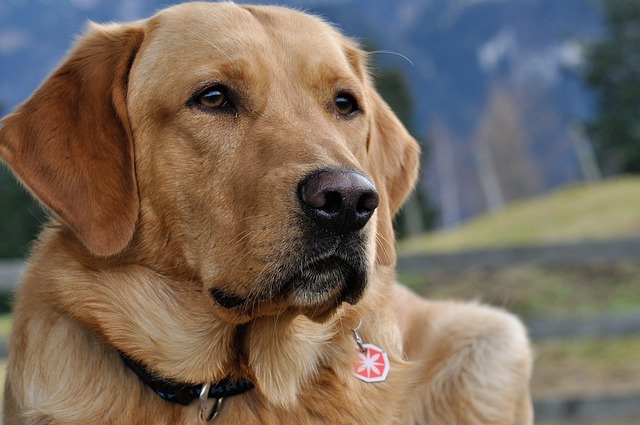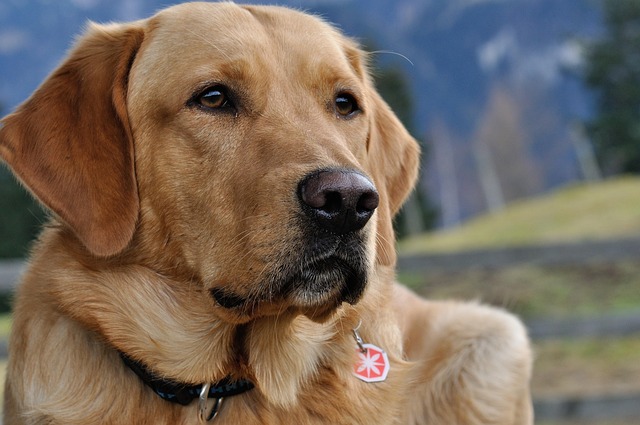
how to get rid of dog tooth decay
how to get rid of dog tooth decay? Imagine this: You’re playing fetch with your 3-year-old Lab in a Florida backyard, and when he drops the ball, you notice a dark spot on his back molar
What are the side effects of dog dental powder? Picture this: You’re a new dog parent in Austin, Texas, excited to tackle your Beagle’s stinky breath. You grab a popular dental powder from the pet store, sprinkle it on her kibble, and wait for fresh breath magic. But by dinner, she’s vomiting softly, and her belly gurgles like a storm drain. Panic sets in—did the powder do this? It’s a common fear, and while most dental powders are safe, they can come with surprises, especially if you skip the fine print.
Let’s break down why side effects happen. Many powders contain active ingredients like chlorhexidine, an antibacterial that fights plaque. In small doses, it’s fine, but too much can irritate a dog’s sensitive stomach lining—think of it like using too much mouthwash, leaving a bitter taste that upsets your gut. Some cheaper brands add sugars or artificial flavors to make dogs eat it, which can cause diarrhea or even yeast overgrowth in their mouths. A vet in Denver once treated a Pug that got a rash from a powder with added dyes—turns out, dogs can have allergies to synthetic ingredients, just like humans.
So, how do you spot trouble? Watch for red flags: vomiting within an hour of eating, loose stools, excessive drooling, or a sudden disinterest in food. These usually pop up in the first 24–48 hours of use. My neighbor in Phoenix learned this the hard way—she doubled the dose of her Lab’s powder, thinking “more is better,” and he had diarrhea for three days. Start small: Use half the recommended amount for the first week, mixed into wet food to mask any odd tastes. If your dog turns up her nose, try a different brand—no need to force it. And always check the label: Avoid powders with “artificial flavors” or “added sugars” listed high up.

Now, let’s tie this to U.S. dog ownership norms. Legally, keep those vaccines current—rabies shots are required in all 50 states, and a sick dog (even from a powder reaction) should see a vet, who’ll ask for records. When out walking, even if your pup’s belly is upset, always grab poop bags; cities like Seattle fine $250 for leaving messes, and diarrhea needs extra cleanup. Culturally, never scold a dog for side effects—yelling when she vomits will only stress her more. Instead, soothe her with a gentle “it’s okay” and offer small sips of water. In apartments, store powders high up—puppies love gnawing on containers, and ingesting a whole box is dangerous. For community walks, if your dog is cranky from an upset stomach, keep her leash short and give other pups space—manners matter, even on bad days.
Most side effects fade once you stop the powder, but prevention is key. That Austin Beagle? Her owner switched to a vet-recommended, dye-free powder, and now she’s back to begging for treats—no more gurgles. With a little label-reading and patience, you can keep her mouth fresh and her tummy happy.

how to get rid of dog tooth decay? Imagine this: You’re playing fetch with your 3-year-old Lab in a Florida backyard, and when he drops the ball, you notice a dark spot on his back molar

What are the side effects of dog dental powder? Picture this: You’re a new dog parent in Austin, Texas, excited to tackle your Beagle’s stinky breath.

Do dental powders really work for dogs? It’s a question that might cross your mind while standing in the pet supply aisle of a suburban Ohio grocery store

If you've ever tried to give your dog eye drops, you know the drill: the way your pup tenses up, ears back, as if the little bottle in your hand is a tiny monster. It's a common struggle for new pet parents—no shame in admitting it.

Do dog dental chews help with bad breath? If you’ve ever leaned in for a snuggle with your pup, only to recoil from a cloud of stinky breath that smells like old socks and wet dirt

You’ve seen those ads – your pup happily crunching a biscuit while magically achieving sparkling teeth. It sounds almost too good to be true, right?